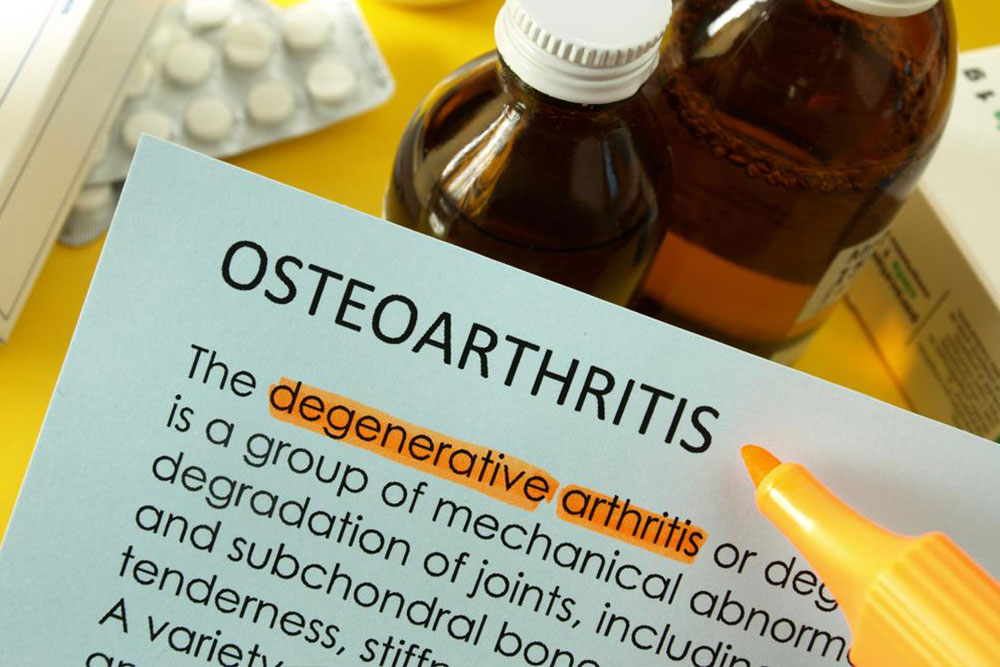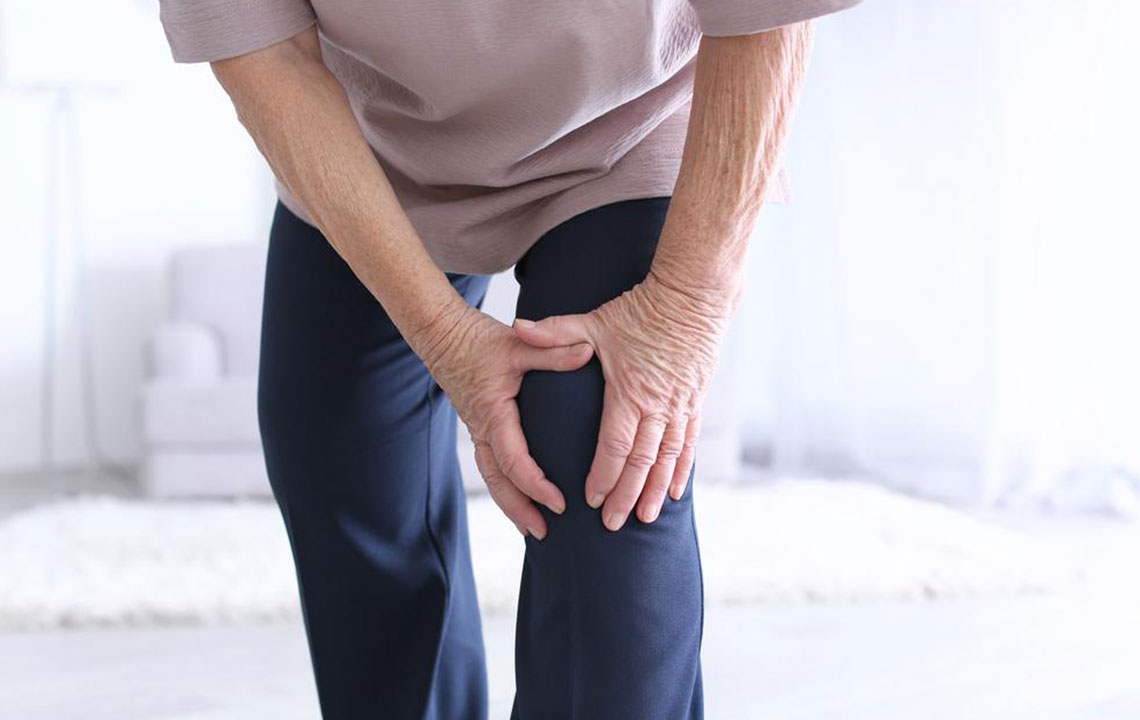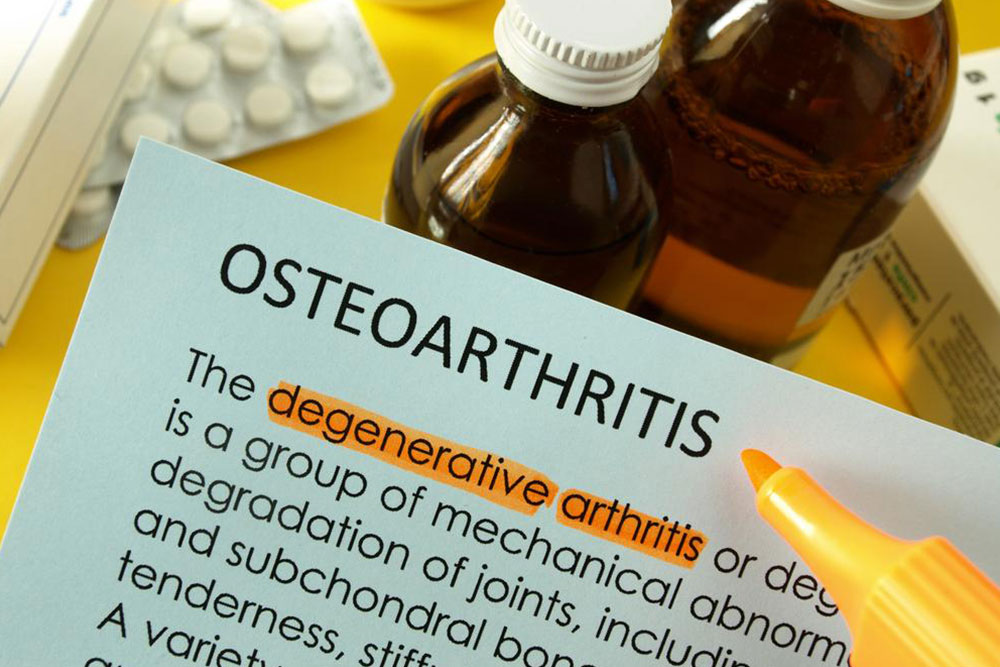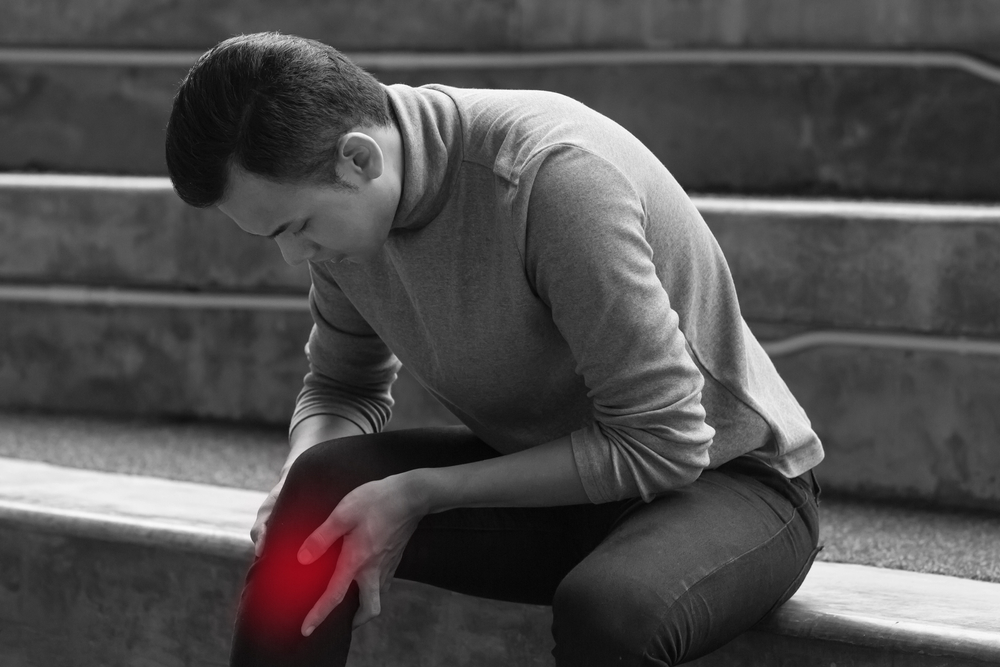Effective Strategies for Managing Knee Osteoarthritis
Discover effective management strategies for knee osteoarthritis, including lifestyle modifications, therapy options, and surgical procedures. Learn how to alleviate symptoms and improve joint health through targeted treatments and healthy habits tailored to your needs.

Effective Strategies for Managing Knee Osteoarthritis
Osteoarthritis is a chronic condition impacting joint health. When cartilage between knee joints deteriorates, it leads to stiffness, discomfort, and swelling. Doctors suggest various treatments tailored to pain levels, how much osteoarthritis affects daily life, and personal medical history. Typically, managing the condition involves lifestyle adjustments combined with therapy options. Let’s explore some common approaches to treat knee osteoarthritis:
Adopting Healthy Lifestyle Habits
Making lifestyle changes can significantly improve symptoms of knee osteoarthritis.
Doctors may recommend modifications such as:
Consistent Exercise
Staying active is vital; it helps reduce weight (which eases joint stress), enhances muscle strength, decreases swelling, and maintains joint flexibility. Low-impact activities like walking, cycling, or swimming are recommended. Water-based exercises are especially beneficial as they reduce joint pressure. Avoid high-impact routines like running or step aerobics if symptoms are severe, and always consult your doctor for personalized exercise advice.
Maintaining a healthy weight is crucial, especially for overweight individuals, as it lessens joint strain. Alongside regular exercise, consuming a nutritious diet is essential.
Eat at least two servings of fish weekly
Reduce salt, saturated fats, and sugar intake
Avoid fried foods
Include vegetables, fruits, lean proteins, and healthy fats
Limit red meat to twice weekly
The goal is to keep your body weight within a healthy range suited to your body type and health needs.
Over-the-counter (OTC) pain relievers can help manage discomfort, with options prescribed by your physician based on severity. Some medications may cause side effects like nausea or stomach upset. Additionally, joint lubricants may be administered to improve joint function.
Therapies such as physical, occupational, and alternative treatments can provide symptom relief. Physical therapy focuses on exercises to strengthen muscles and improve mobility. Occupational therapy helps you adapt daily activities. Alternative options include hydrotherapy, massage, relaxation techniques, and acupuncture. These therapies are typically temporary but beneficial in managing symptoms.
Viscosupplementation involves injecting gel-like substances into the knee to replace degraded joint fluid, providing lubrication, cushioning, and pain relief.
When conservative treatments fail, surgical options may be considered. Your doctor can help determine if surgery is appropriate. Common procedures include:
Osteotomy: Bone cutting procedures to realign joints and reduce pressure, suitable for active individuals under 40.
Arthroscopic Surgery: Minimally invasive cleaning or repair of joint tissues, ideal for younger patients.
Joint Replacement: Replacing damaged parts with artificial components to restore mobility and reduce pain, though these components may wear over time.
Early consultation with a healthcare professional is key, regardless of osteoarthritis severity. Prompt treatment can improve quality of life and joint health.










